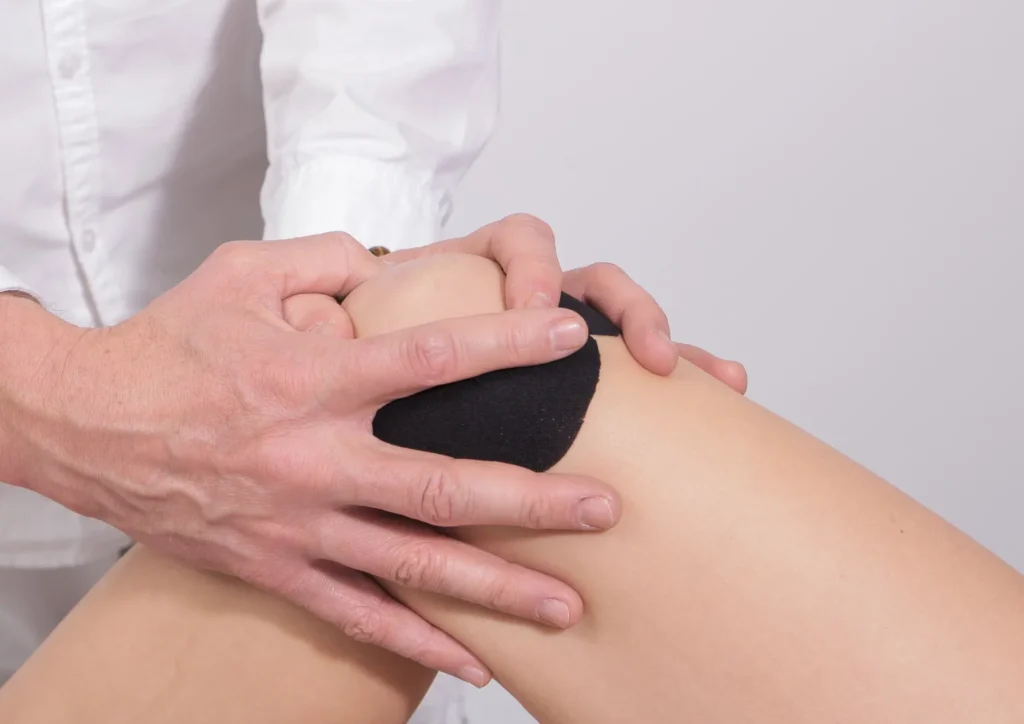These are essential joints that are subject to heavy loads. This can be felt in the short or long term through knee pain. According to surgeon Tobias Jung, these can be broadly divided into traumatic pain following accidents and chronic pain, depending on age.
It’s also possible for chronic pain to originate from an accident, says Jung, who is in charge of trauma and orthopedic surgery at the Charité hospital in Berlin, Germany.
Orthopedic surgeon Dieter Wirtz says that this pain can have a variety of causes. For example, wear and tear on the cartilage, which in turn leads to a kind of infectious reaction in the joint. “More fluid is produced, and the joints become hot, swollen, and painful,” explains the specialist.
A change in the angle of the legs – genu valgum (knock legs) or genu varum (knock legs) – is also a common reason for the development of wear and tear.
Excess body mass can also put stress on the knees.
Another possible cause of knee pain is rheumatic diseases and the infectious processes associated with them.
And then, of course, there are injuries from sports or accidents. In these cases, the meniscus is often affected, says Jung. But tears of the cruciate ligament or the lateral ligaments are also possible. In the long term, these can also lead to osteoarthritis.
The causes of pain
What is clear is that when knee pain occurs, the cause must be identified. It is important to take a detailed medical history, says Dieter Wirtz. This means thoroughly reviewing the patient’s medical history to conclude.
According to Tobias Jung, the crucial questions are: Does the pain originate locally in the joint? Or is it rather a symptom of problems in the hip joint, pelvis, sacroiliac joint, or spine? In girls, the pain is often in these areas and radiates to the knees.
Conservative therapy or surgery?
Once the cause has been identified, treatment must be undertaken. This can often, but not always, be done without surgery. “Injuries to the soft tissues around the knee, muscle tears, or tendon problems can be treated conservatively, for example with physiotherapy,” says Dieter Wirtz.
And when is surgery necessary? “We recommend surgery when it is clear that conservative therapy is unlikely to achieve the same results as surgery,” says Tobias Jung.
Knee prosthesis and stem cells
In the case of osteoarthritis, a knee replacement can be a solution, provided that neither physiotherapy, painkillers, injections, or bandages improve the condition and the patient can no longer move properly. “This way, a high degree of pain relief, mobility, and quality of life can be achieved,” says Wirtz.
Regenerative therapy, for example using cells from the cartilage itself, could be considered in the case of local damage to the cartilage and an otherwise healthy joint.
However, Tobias Jung warns: that the causes must first be resolved. If the cartilage damage, for example, is the result of another injury, it will not heal if the original problem is not resolved.
But whatever treatment is chosen, and in the best case scenario, life can continue as usual, but without pain in the knees.

